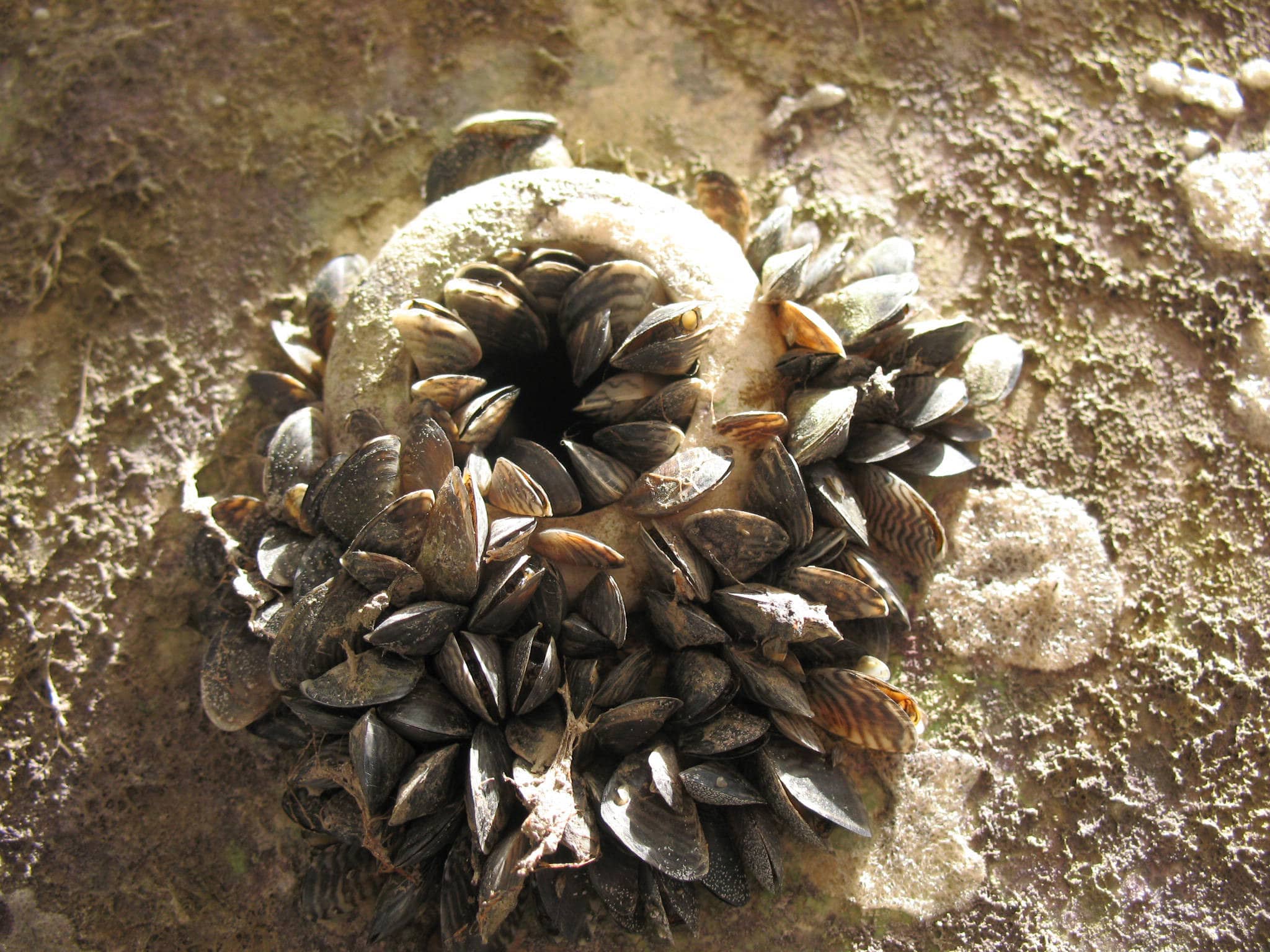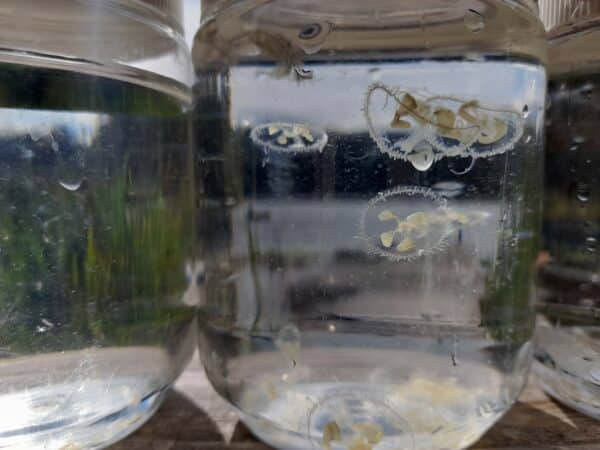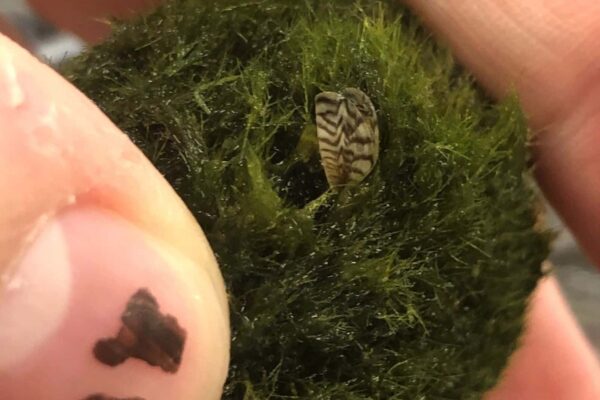Beautiful BC’s Waterways – Silent Threats
As the days get longer, many of us are looking forward to getting out on the water. Whether it be a long-awaited fishing trip up north or a blue bird day on a sunny interior lake, we can’t wait! BC’s aquatic ecosystems are amazing, ranging from big coastal rivers to small inland lakes, mountain streams and remote hot springs. These waters support an incredible array of native biodiversity—from aquatic invertebrates and plants to fish, frogs, turtles, mammals and birds. They also support economically and culturally important salmon and trout species.
As travel opens up, many of us will move around in search of adventure and connections with nature. However, the travel we love can create opportunities for aquatic invasive species to come along uninvited, by hitching a ride on your boat, in your bilgewater, and on your gear. Invasive species pose the second largest threat to biodiversity after habitat loss and cost Canada billions of dollars a year in damages. Aquatic invasive species can destroy salmon spawning habitats, outcompete native species for food, and even consume native species! Prevention is the only effective method of controlling aquatic invasive species, as once they become established in a water body it is almost impossible to get rid of them.
Aquatic invasive species to watch out for:
Zebra and Quagga Mussels – Not Yet In BC!
These two species of freshwater mussels made their way to North America on cargo ships from the Mediterranean and Black Seas. After infiltrating the Great Lakes, these species quickly spread across most of eastern North America, mainly by hitching rides on boats, trailers and gear. One mussel can lay as many a one million eggs, and young mussels – called veligers – are microscopic and can survive in bilge and ballast water. These mussels attach to every available surface, costing billions of dollars in damages to water treatment infrastructure, irrigation lines and industry. They also deplete the nutrients in surrounding waters and their sharp shells can make beaches unusable, posing an enormous threat to tourism and property values. BC has established boat inspection stations at the provincial borders and all watercrafts MUST stop for inspection. In 2021, nearly two dozen mussel contaminated boats were detected at boat inspection stations, and these cases will increase as more boaters hit the water. It is critical to Clean, Drain and Dry all watercraft before entering a new water body – we must prevent the spread!
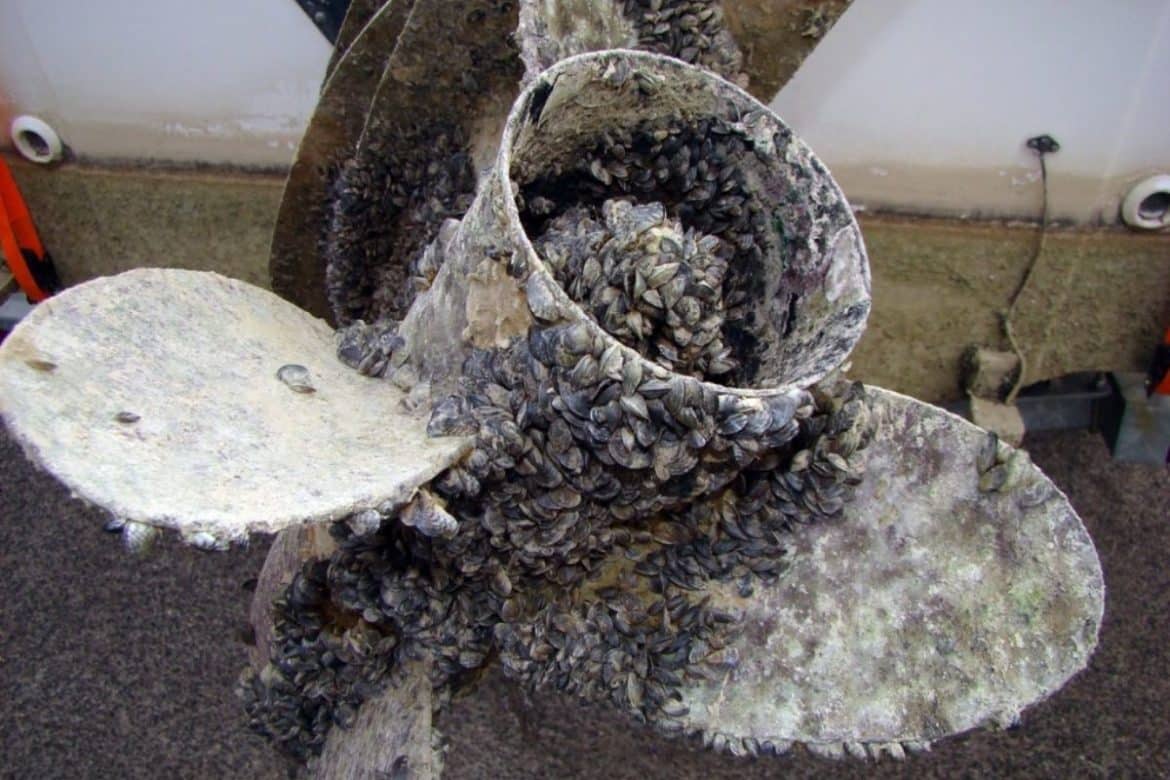
Yellow Perch, Bass and Northern Pike
As far as invasive fish go, northern pike, yellow perch and small and large-mouth bass are heavy hitters. With one of the largest appetites in the freshwater world, these fish threaten salmon and trout populations by consuming them and outcompeting them for food. These fish can tolerate a range of aquatic conditions and have no natural predators in BC waters. Perch, bass and pike are often introduced by anglers trying to “stock” their favourite lakes to fish, not realizing the potential impact to native species. Once introduced to a water body, management is virtually impossible. It is illegal to move live fish or use live bait in BC!
If you catch or spot these fish, contact the Report All Poachers and Polluters line (RAPP) 1-(877)-952-7277 to report.
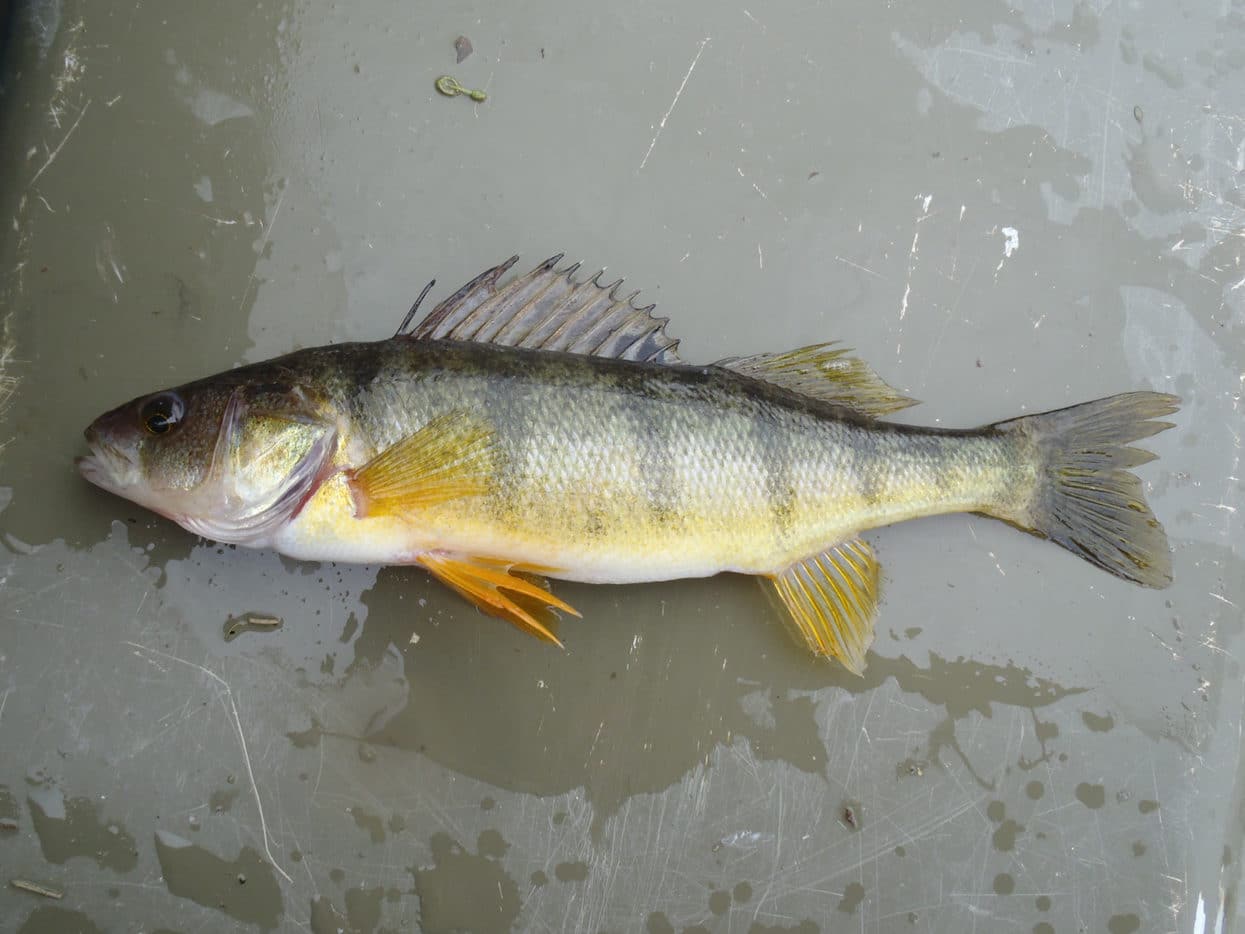

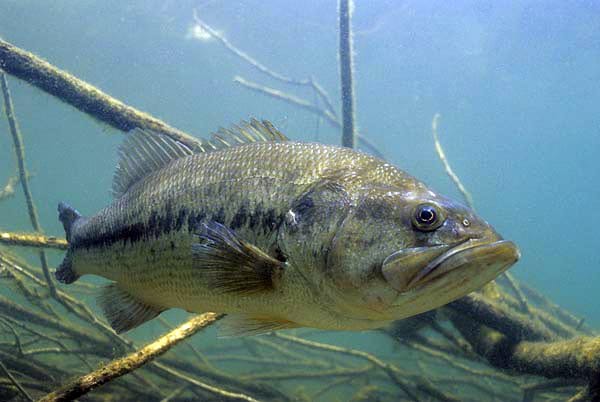
Whirling Disease
Whirling disease is a microscopic parasite that has serious impacts on juvenile trout and other fish species. The parasite infects the spinal column, causing the fish to swim around in “whirling” patterns, and having a blackened tail or “bent” appearance. Whirling disease was introduced to Pennsylvania from Europe in 1956 and has spread to many parts of North America, including Alberta. Whirling disease has been found in live bait shops and even pet stores. This serious disease can cause up to 90% mortality for juvenile fish in susceptible populations.
Whirling disease is spread to new waterbodies by fouled boats and contaminated angling gear such as waders, boots, and tackle. Anglers can do their part to prevent the spread of whirling disease by avoiding the use of live bait, cleaning catch where it was caught, and disposing of fish parts into the garbage as the parasite can spread from bait and unused parts of a harvested fish. It’s also critical that anglers Clean, Drain and Dry every piece of their equipment after use, and that felt-soled waders be cleaned with gear cleansing detergent such as Tech Wash ®.
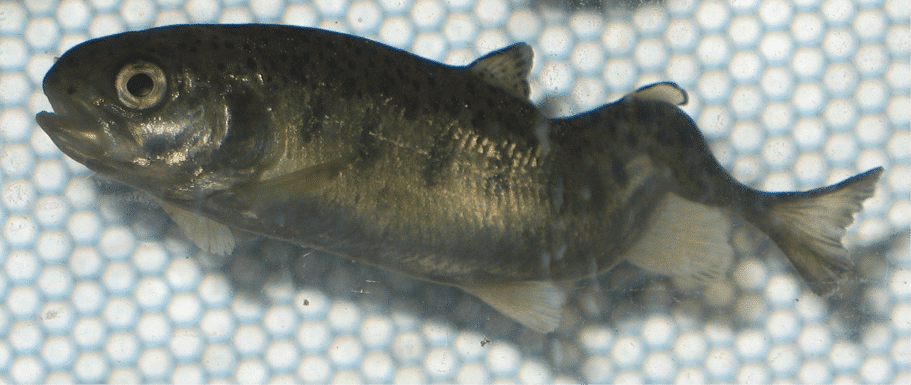
Eurasian Watermilfoil
Milfoil is an invasive aquatic plant that can spread and reproduce from seeds, buds, roots, and even tiny plant fragments. It grows in thick, dense mats that alter habitats by crowding out native species, reducing oxygen levels and impeding water flow. This causes negative impacts to biodiversity and reduces salmon and trout habitat. Eurasian watermilfoil can also cause park and lake closures, as heavily-infested lakes create a drowning risk for swimmers and may damage boat motors.
Eurasian watermilfoil is spread by plant fragments that cling to trailers, boats and gear. Prevent the spread by avoiding boating through infested areas and inspecting your boat and trailer before moving to any new waterbody. Ensure that all parts of your boat, trailer, and vehicle have been thoroughly cleaned, drained and dried before departure. Anglers should also be aware of snagging milfoil while fishing and ensuring all lures, lines and equipment are cleaned before departing the area.
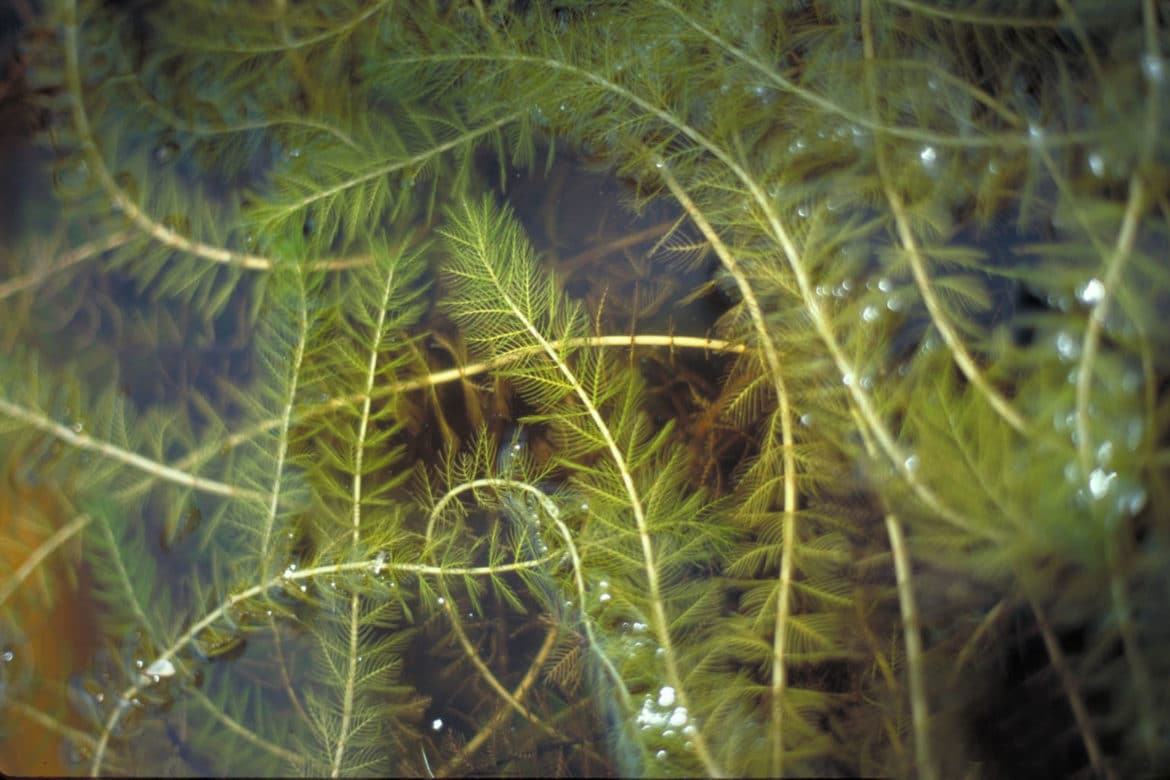
Yellow Flag Iris
Yellow flag iris is a riparian plant with beautiful yellow flowers that was introduced in water gardens by the horticultural industry. It can quickly take over a wetland, marsh, pond or shoreline, crowding out native species and reducing habitat for native plants, birds and amphibians. Watch for this all-yellow iris and report it!
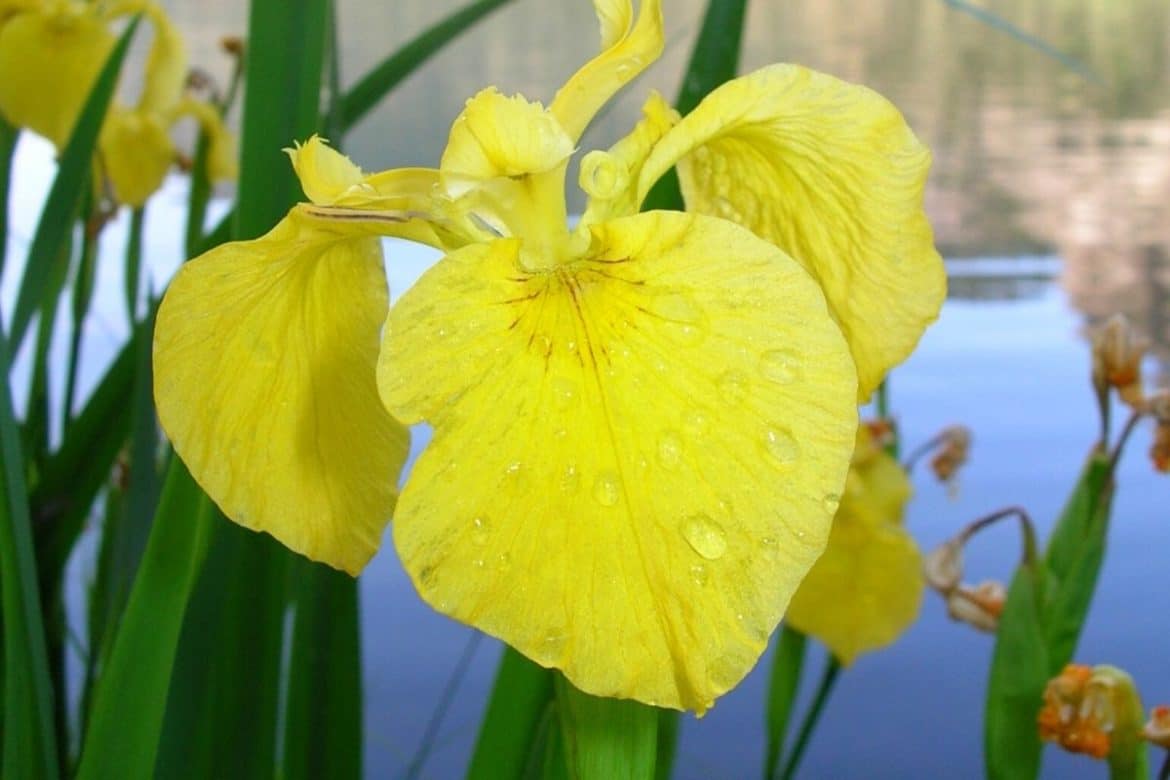
What Can We Do? Simple Actions to Stop the Spread!
Clean Drain Dry!
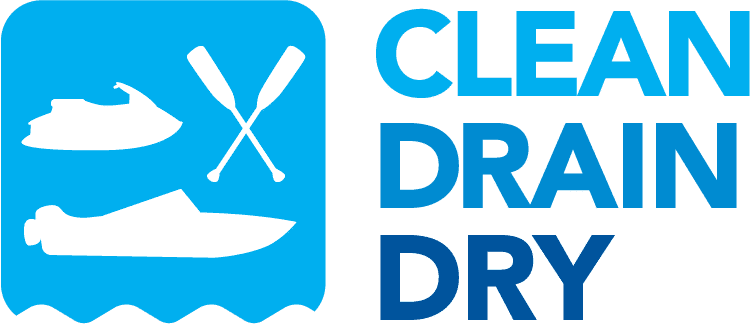
As a boater, always remember to Clean, Drain and Dry all gear, clothing, boats, vehicles, and trailers before traveling to a new waterbody to ensure you don’t bring invasive species along with you. Build in some time at the end of every trip on the water to follow these best practices for preventing the spread of invasives.
Always stop at the boat inspection stations throughout the province to ensure that you are not transporting invasive species by mistake.
Don’t Let it Loose!
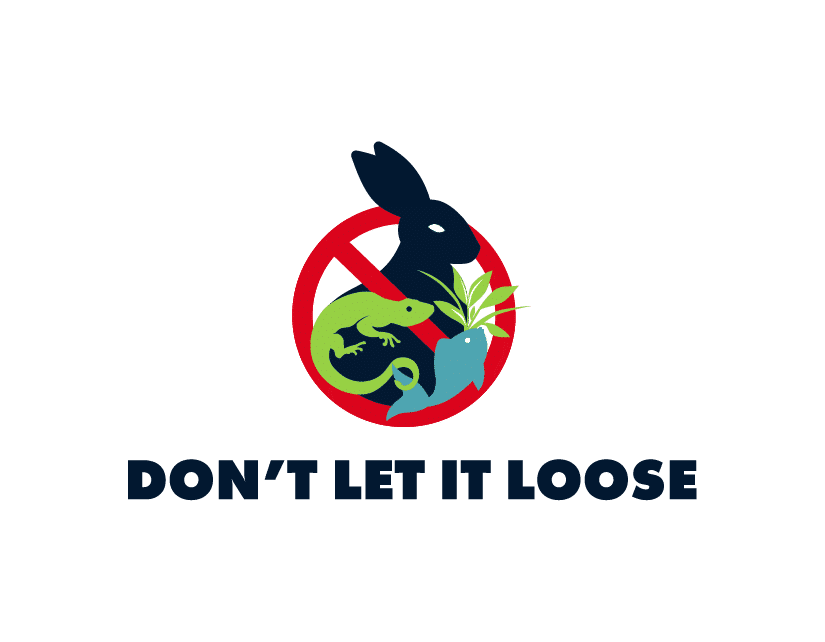
Never release any pets into the wild, or dump aquarium water or plant parts into water bodies. Invasive species such as the red-eared slider turtle, goldfish, American bullfrog and parrots’ feather were introduced by aquarium dumping.
Never introduce any fish to a water body or use live bait when fishing – it is illegal and can introduce invasive species that will damage habitats and native species.
Report!
One of the most important things you can do to protect ecosystems is to report the invasive species you come across. Download the Report Invasives BC or iNaturalist apps to easily submit your observations. Your reporting contributes to knowledge of where species occur and can alert specialists and land managers to respond to outbreaks quickly. To learn more about how to use these reporting tools, go to https://bcinvasives.ca/take-action/report/
Enjoy BCs beautiful waters and do your part to protect these amazing ecosystems from aquatic invasive species!
The Invasive-Wise Tourism Program is a partnership between Invasive Species Council of BC and Fisheries and Oceans Canada. Funding for the program was provided through Fisheries and Oceans Canada through the Canadian Nature Fund for Aquatic Species at Risk.
Share


